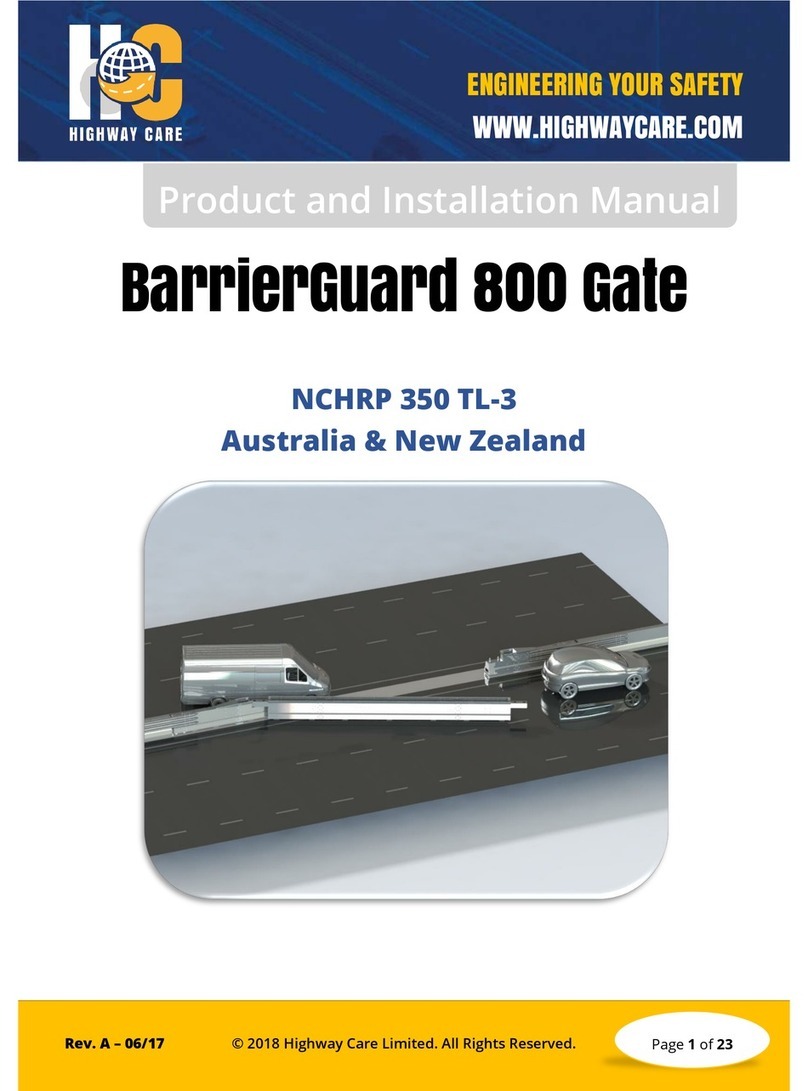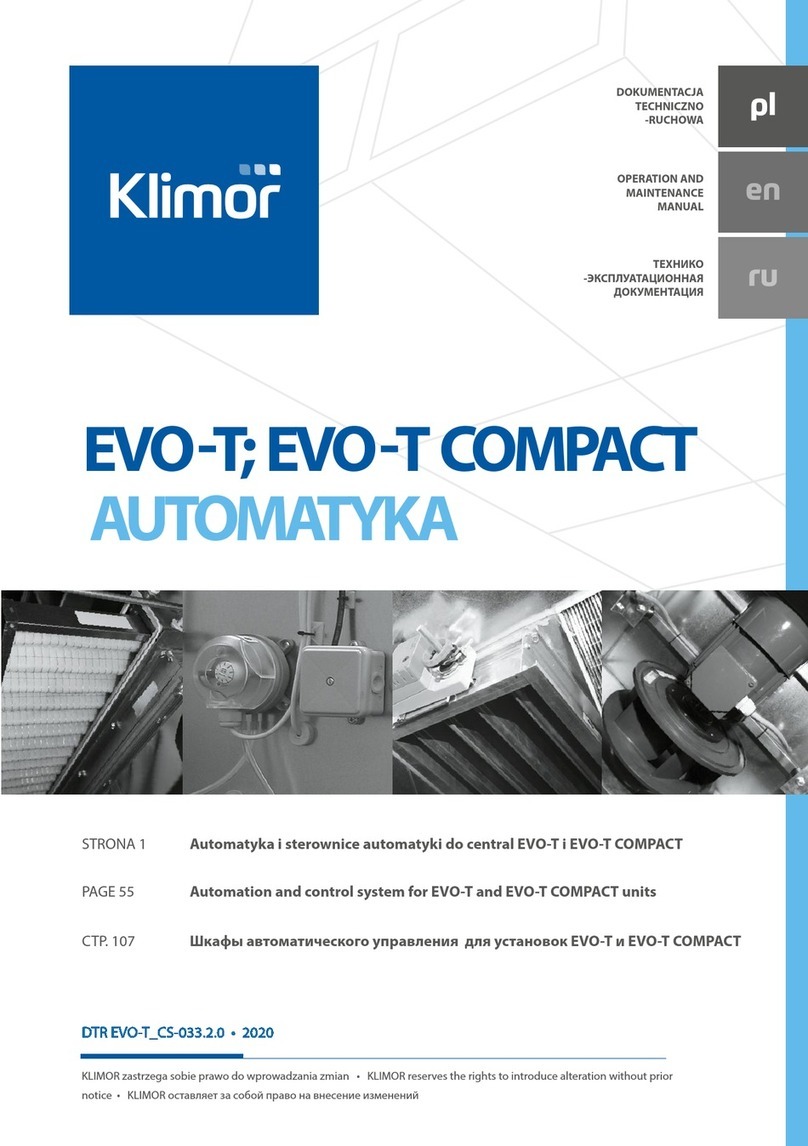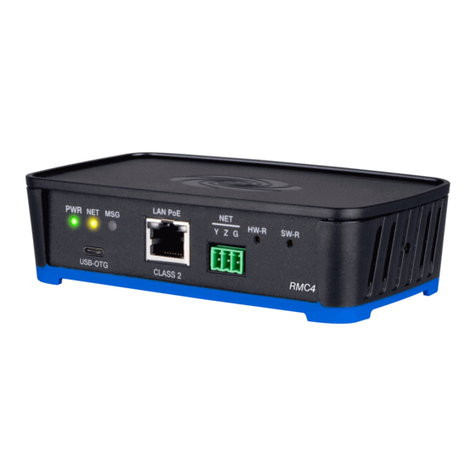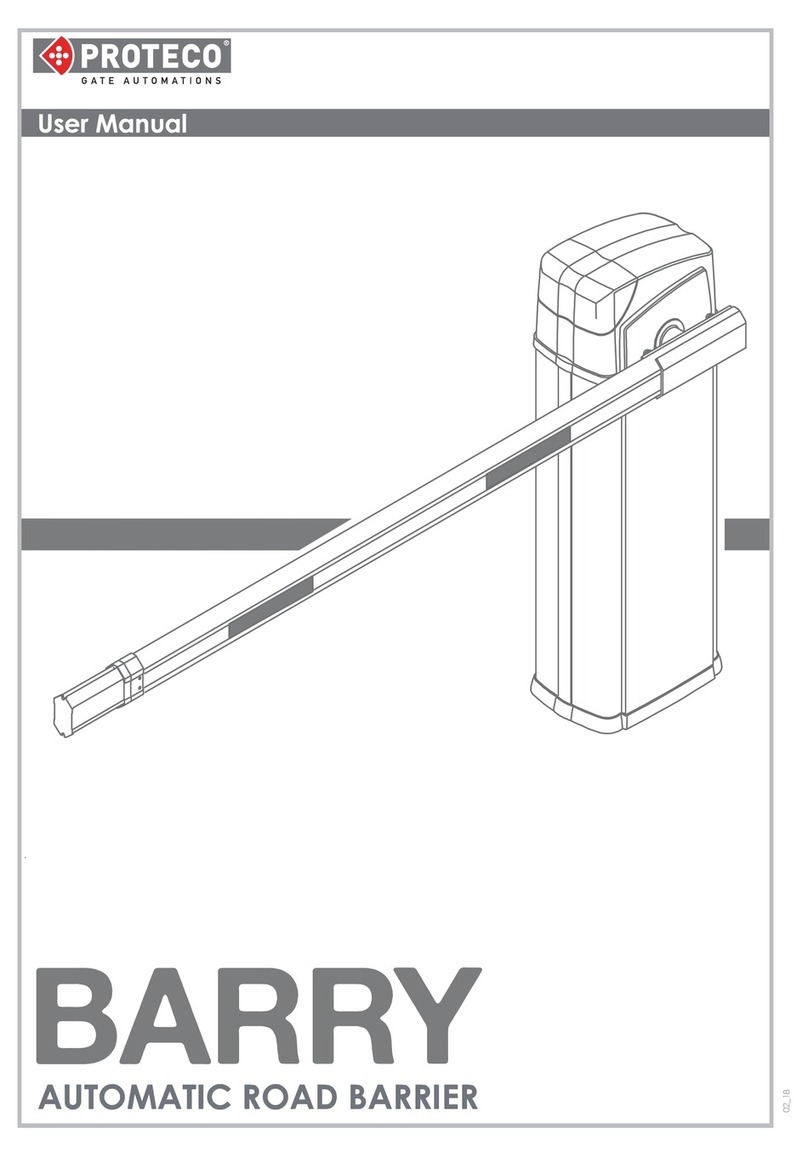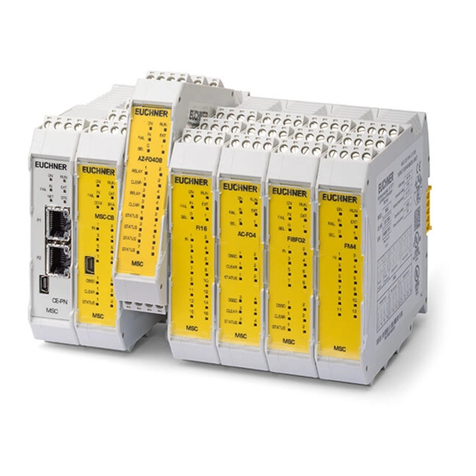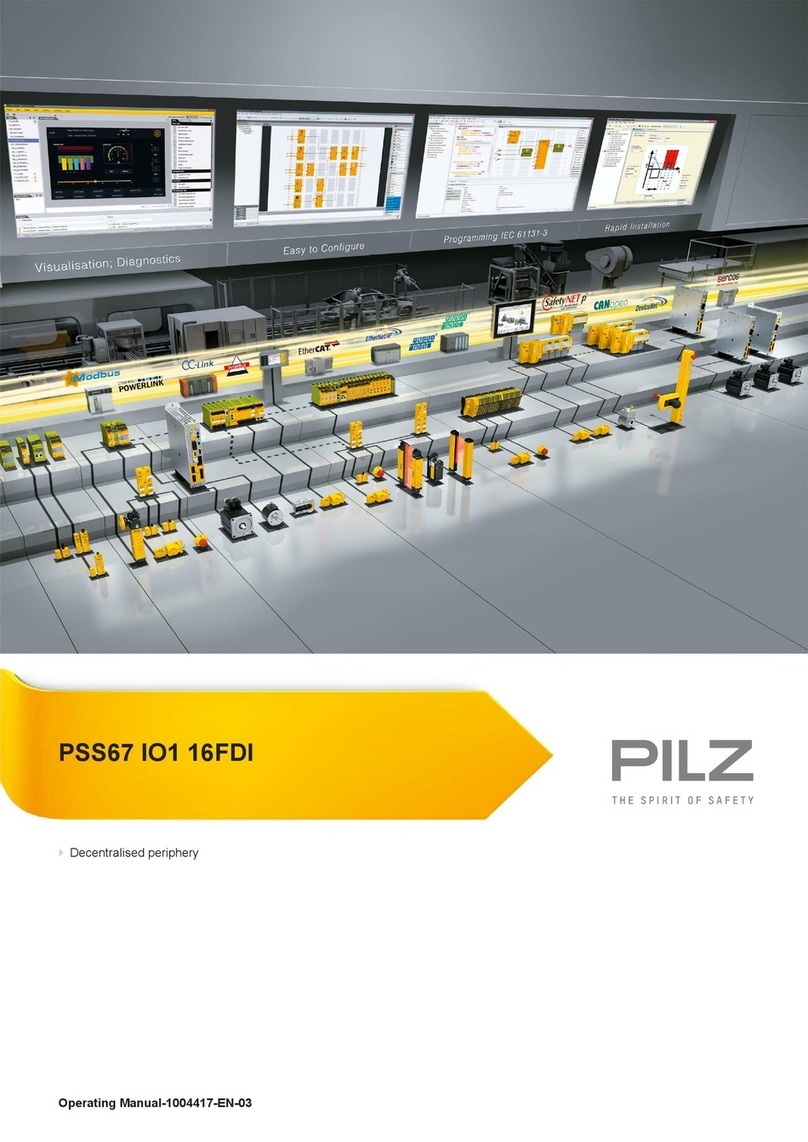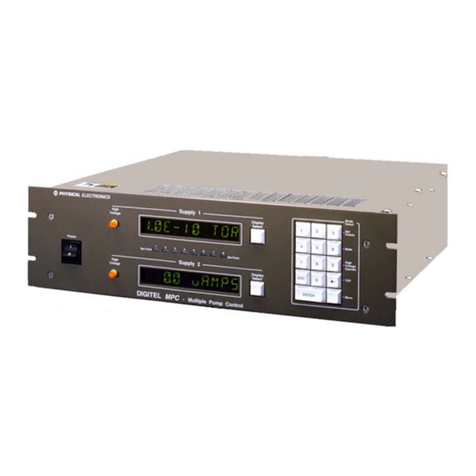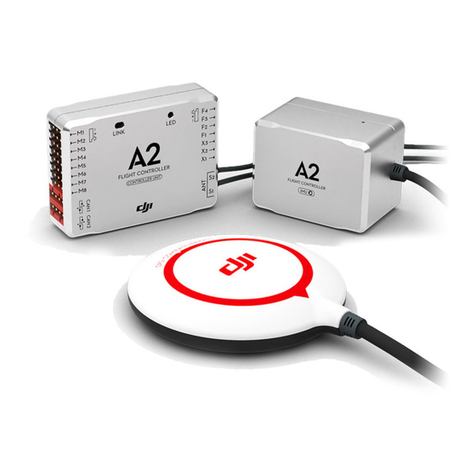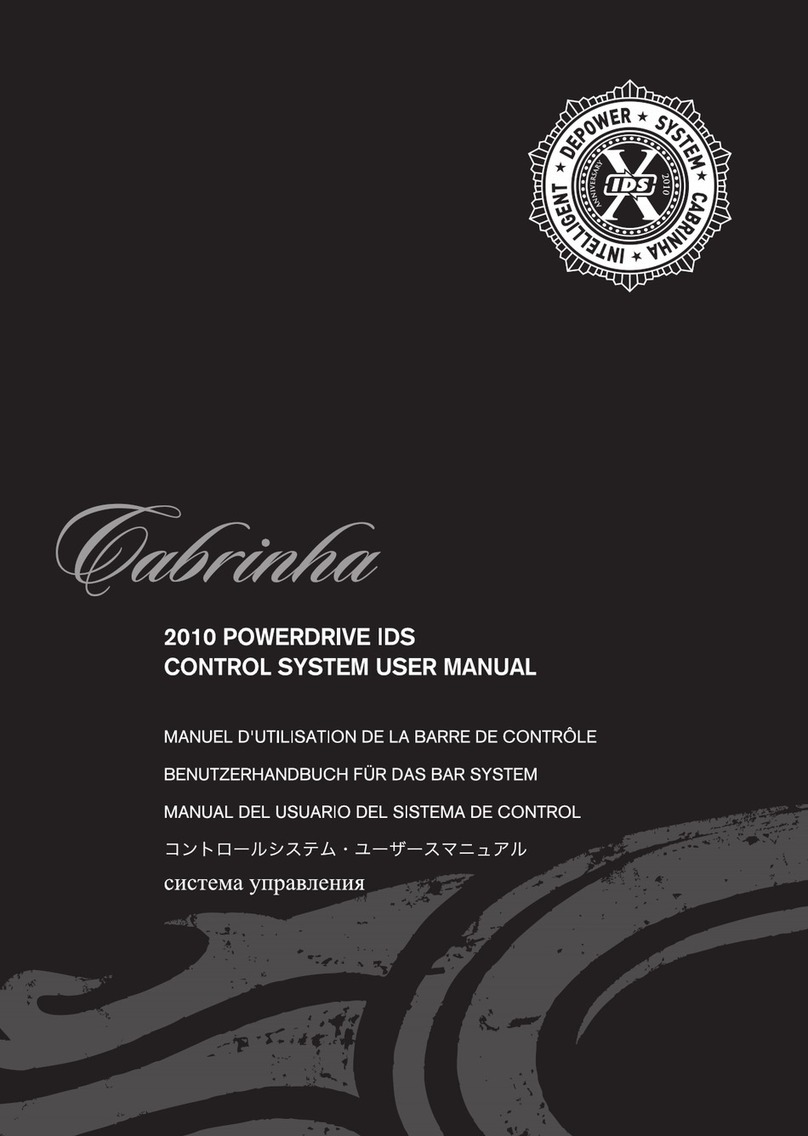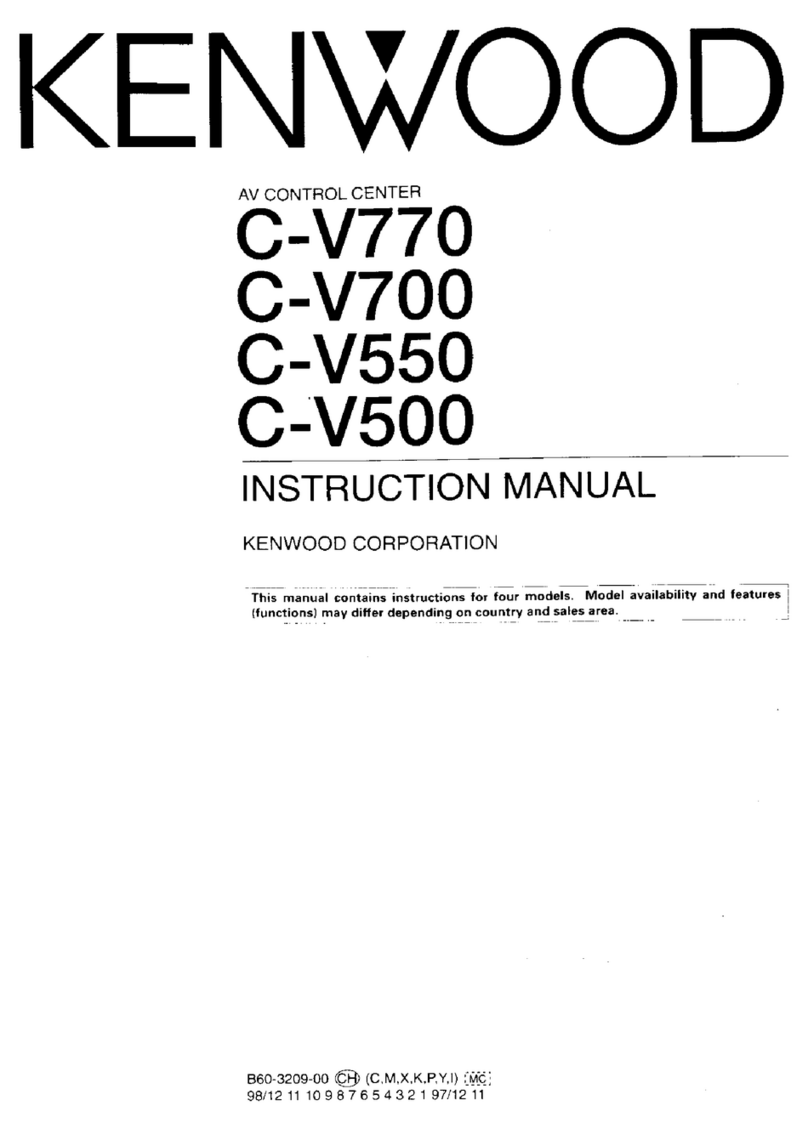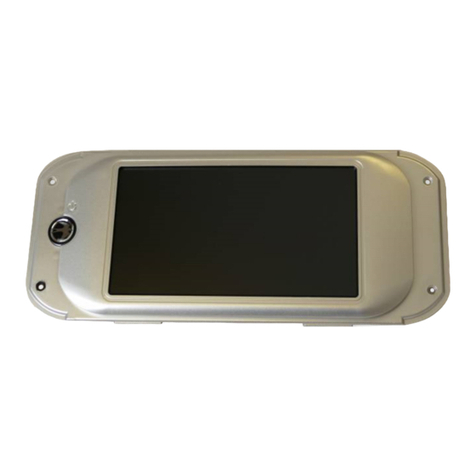Highway Care HighwayGuard LDS User manual

HIGHWAYGUARD.COM
_Revision 1.0 –09/19 © 2019 Highway Care Limited. All Rights Reserved. Page 1 / 23_
HighwayGuard™LDS
Australia & New Zealand
Product Manual

HIGHWAYGUARD.COM
_Revision 1.0 –09/19 © 2019 Highway Care Limited. All Rights Reserved. Page 2 / 23_
Revision History
Revision
Date
Prepared by
Approved by
Reason for change
1.0
Sept 2019
O. Pulling
L. Hotchkiss
First issue.
Contents
Introduction .....................................................................................................................................................4
System Components .......................................................................................................................................5
Design Considerations....................................................................................................................................6
Delineation ...................................................................................................................................................6
Drainage........................................................................................................................................................6
Pavement Types...........................................................................................................................................6
Install Lengths ..............................................................................................................................................6
Curves............................................................................................................................................................7
Deflection/Clear Zone .................................................................................................................................8
Crash Cushions/Other Connections..........................................................................................................8
Modifications................................................................................................................................................8
Crash Testing & Performance Levels ............................................................................................................9
Installation......................................................................................................................................................10
Planning ......................................................................................................................................................10
Tools List .....................................................................................................................................................10
Lifting points...............................................................................................................................................11
Loading/Unloading ....................................................................................................................................12
Connection..................................................................................................................................................13
Anchoring....................................................................................................................................................14
Barrier Removal.............................................................................................................................................15
Special Operations ........................................................................................................................................16
Creating Access Gap ..................................................................................................................................16
Bridges.........................................................................................................................................................17
Wheelsets....................................................................................................................................................17

HIGHWAYGUARD.COM
_Revision 1.0 –09/19 © 2019 Highway Care Limited. All Rights Reserved. Page 3 / 23_
Pavement....................................................................................................................................................17
Maintenance and Repair ..............................................................................................................................17
Permanent Applications...............................................................................................................................18
Appendix.........................................................................................................................................................18
Frequently Asked Questions ....................................................................................................................18
Photo Examples .........................................................................................................................................20
Risk Assessments.......................................................................................................................................21
Installation Checklist Example.................................................................................................................23

HIGHWAYGUARD.COM
_Revision 1.0 –09/19 © 2019 Highway Care Limited. All Rights Reserved. Page 4 / 23_
Introduction
HighwayGuard™ is a MASH 16 TL-3 compliant steel safety barrier. The 6m single barrier section, with
the unique T-Connector provides quicker installation, removal and separation of barrier sections. It
also offers the ability to remove sections within a run to create access gaps, replace damaged sections
or alter barrier runs.
HighwayGuard™ is an anchored steel safety barrier that can be used in temporary and permanent
applications.
Containment Level
Weight
Standard Barrier Length
MASH TL-3
99Kg per Metre
6m

HIGHWAYGUARD.COM
_Revision 1.0 –09/19 © 2019 Highway Care Limited. All Rights Reserved. Page 5 / 23_
System Components
6m Barrier
End Cap
552kg
27kg
Standard
T-Connector
2.5 Degrees T-
Connector
5 Degrees T-
Connector
10 Degrees T-
Connector
43kg
60kg
60kg
60kg
Wheelsets
2.5 Degrees Barrier
5 Degrees Barrier
10 Degrees Barrier
21kg
133kg
134kg
136kg
Note: Weights are approximate only.

HIGHWAYGUARD.COM
_Revision 1.0 –09/19 © 2019 Highway Care Limited. All Rights Reserved. Page 6 / 23_
6m HighwayGuard™ to BG800™ Transition
614kg
Design Considerations
It is important that HighwayGuard™ is planned/designed and installed in accordance with this
manual and any approval/regulatory conditions placed upon its acceptance use in that territory.
Delineation
Reflective delineators may be required for both permanent and temporary applications. The
specification (size, shape, colour, position) can vary in accordance to meet local
regulations/requirements.
Drainage
HighwayGuard™ has a 10mm drainage gap underneath the barrier. Additional drainage provision
is provided at anchor points. The water drainage per 12m section is approximately 1.15sqm.
Pavement Types
HighwayGuard™ has been tested installed on asphalt pavement that is 150mm asphalt concrete
over a granular subbase.
Alternative ground conditions may be acceptable but could require different anchor solutions.
Install Lengths
The permissible length of the system is unlimited, but the barrier must be anchored at the end of
each run and intermediately as required by the system type.
The recommended minimum length of barrier is 60m to replicate test set up. Installing with tested
anchor spacing is recommended to replicate test deflections and working widths.

HIGHWAYGUARD.COM
_Revision 1.0 –09/19 © 2019 Highway Care Limited. All Rights Reserved. Page 7 / 23_
Curves
The T-Connector can allow an approximate angle of up to 0.23° for vertical connections and 0.77°
between barrier sections for horizontal connections. Example horizontal curves;
Method
Description
Approximate
Radius (m)
1
6m Barrier Section with Standard T-Connections at maximum
angle
177
2
6m Barrier Section with 2.5° T-Connection
140
3
6m Barrier Section with 5° T-Connection
70
4
6m Barrier Section with 10° T-Connection
35
5
6m Barrier Section with 10° Barrier Section and Standard T-
Connection
41
6
10° Barrier Section with Standard T-Connection
6.6
7
10° Barrier Section with 10° T-Connection
3.6

HIGHWAYGUARD.COM
_Revision 1.0 –09/19 © 2019 Highway Care Limited. All Rights Reserved. Page 8 / 23_
Deflection/Clear Zone
HighwayGuard™ is designed to absorb energy when impacted. When impacted between anchors
deflection occurs. No hazards or obstacles should be in the deflection area such as kerbs, work
materials/equipment.
Vehicle roll should be considered with taller vehicles as these may protrude beyond the barrier
deflection during impact.
Crash Cushions/Other Connections
Crash cushions should be used when impact to either the approach or departure end of a run of
HighwayGuard™ may occur.
Current Crash cushions/ Connections available;
-Highway Care BG800™ Transition (MASH Crash tested)
-QuadGuard CZ (NCHRP 350 Engineered)
-Tau II (NCHRP 350 Engineered)
An engineered connection is one that has been designed and jointly agreed by Highway Care and
the crash cushion developer as acceptable for use. These may also require approval from relevant
road authorities –check road authority approval for guidance on acceptable options available in
your market.
Modifications
No modifications are allowed to HighwayGuard™ components without prior approval from
Highway Care.

HIGHWAYGUARD.COM
_Revision 1.0 –09/19 © 2019 Highway Care Limited. All Rights Reserved. Page 9 / 23_
Crash Testing & Performance Levels
HighwayGuard™has been tested to the MASH (2016), a brief guide showing performance levels
and individual tests required is shown below for reference.
Test
Standard
Performance
Level
Test
Reference
Vehicle
Type
Impact
Speed
(km/h)
Impact
Angle
(˚)
Vehicle
Mass
(kg)
MASH
TL-3
3-10
Light Car
100
25
1100
3-11
Pickup
100
25
2270
3-21
Pickup
100
25
2270
TL-4
4-10
Light Car
100
25
1100
4-11
Pickup
100
25
2270
4-12
Truck
90
15
10000
System Type
Anchor
Interval
(m)
Test
Standard
Performance
Level
Dynamic
Deflection
(m)
Working
Width
(m)
HighwayGuard™
Lowest
Deflection
System (LDS)
121
MASH 16
TL-3
0.68
1.22
1LDS System has staggered anchors –refer to installation section or drawing HG-70-02 for further
detail.

HIGHWAYGUARD.COM
_Revision 1.0 –03/19 © 2019 Highway Care Limited. All Rights Reserved. Page 10 / 23_
Installation
HighwayGuard™ must be installed in accordance with this manual and with the latest state road
authority conditions. Where conflict arises road authority conditions take priority over this
manual.
Planning
Prior to starting an installation, it is recommended that the customer informs the installer of;
-Start/end positions and alignment requirements of each barrier run (including crash
cushions)
-Curvature (horizontal and vertical) required to ensure appropriate components available
-Installation site risks identified (e.g. overhead cables, bridges, tunnels, drilling limitations)
-Traffic management measures in place to ensure appropriate and safe working space
Tools List
(T)ool / (C)onsumable
Information
(T) Magnetic T-Bar Socket
For inserting and removing the T-Connector security nut.
(T) Drilling Equipment
Electric or air driven rock drill. Suggested drill bits are 28mm (M24
resin anchors) 400mm long.
(T) Measuring Wheel & (C)
Road Marking Paint
To mark barrier position where required.
(T) 2 off 2m crow
bar/wrecking bar
To assist with minor barrier re-alignment.
(T) Sledge Hammer
To hammer in anchor pins.
(T) Cranked Crow Bar
Useful for removing tight pins.
(T) Timber Blocks
To aid installation/removal on uneven ground.
(T) Wrench
With 36mm socket.
(C) Resin
Resin for M24 threaded anchor

HIGHWAYGUARD.COM
_Revision 1.0 –03/19 © 2019 Highway Care Limited. All Rights Reserved. Page 11 / 23_
Lifting points
Caution
Do not use the T-Connection lifting points to lift barrier sections (highlighted by red circles). These
are for lifting the T-Connection only.
Ensure lifting equipment is certified and in a safe/useable condition.
Each 6m barrier section has two designated lifting points allowing hooks to attach marked in
green below.
When two 6m sections are bolted together they can be lifted as a single 12m piece using the lifting
points either side of the central T-Connection.
Lifting Equipment
Information
Mechanical/Pneumatic
Lifting Device
Such as a lorry mounted crane or wheeled excavator. It must have
suitable lifting capacity and reach to install HighwayGuard™.
Lifting Chains
Two leg assembly with a 2500kg lifting capacity, each chain is 2m
long c/w hook, locking clasp and shortening clutch.
Tag Rope
Suggested 1.5 times the lifting height of the barrier.

HIGHWAYGUARD.COM
_Revision 1.0 –03/19 © 2019 Highway Care Limited. All Rights Reserved. Page 12 / 23_
Loading/Unloading
Caution
Ensure all barrier sections are secured to the truck bed with adequate ratchet straps prior to
transport movements.
HighwayGuard™ can be inverted to maximise the length of barrier per load.
Check local regulations for potential weight/transport restrictions.
144m Upright 252m Inverted
When loading with the T-Connection attached to barrier sections; position these so that they will
match the orientation of the install to avoid turning barrier round on site. Typically they will be at
the rear of the trailer.

HIGHWAYGUARD.COM
_Revision 1.0 –03/19 © 2019 Highway Care Limited. All Rights Reserved. Page 13 / 23_
Connection
Barrier sections are lowered into position with the T-Connection already attached to the end of
the barrier that is being joined to the run of barrier. Ensure orientation of T-Connector allows
alignment pins to be lowered onto next section.
Caution
Ensure all barrier sections being lifted have a tag line attached. Joining barrier sections presents a
crush risk, ensure operator has clear view and communication ability when barriers are being
aligned and connected.

HIGHWAYGUARD.COM
_Revision 1.0 –03/19 © 2019 Highway Care Limited. All Rights Reserved. Page 14 / 23_
Anchoring
HighwayGuard™ is anchored with a minimum 6 anchor points at the first and last sections in a run
of barrier. This will be in the first and last two 6m barrier sections as shown;
For the Lowest Deflection System the anchors are spaced every 12m, but staggered over the T-
Connection.
Crash cushions or connections/transitions should be used when impact to either the approach or
departure end of a run of HighwayGuard™ may occur.
Currently accepted are;
-Highway Care BG800™ Barrier Transition (MASH Crash tested). See drawing HG-70-03 for
anchor arrangement for this transition.
-QuadGuard CZ Crash Cushion (NCHRP 350 Engineered).
-Tau II Crash Cushion (NCHRP 350 Engineered).
The LDS system was tested with M24 grade 8.8 resin threaded bar (28mm drill bit) with 300mm
embedment.

HIGHWAYGUARD.COM
_Revision 1.0 –03/19 © 2019 Highway Care Limited. All Rights Reserved. Page 15 / 23_
Barrier Removal
To remove the barrier sections it is the reverse of the installation process. Namely;
-Unbolt from the ground
-Remove security nut from the side of the T connector you wish to sperate
-Lift barrier section and T connector from adjoining
-If the section of barrier being removed lifts the next section, place a 50mm high block under
the foot of the section being removed next to the joint to be separated and lower the
barrier. It will then separate.

HIGHWAYGUARD.COM
_Revision 1.0 –03/19 © 2019 Highway Care Limited. All Rights Reserved. Page 16 / 23_
Special Operations
Creating Access Gap
Lift out individual sections by disconnecting the T-Connection and removing the security nut. The
section can now be lifted out.

HIGHWAYGUARD.COM
_Revision 1.0 –03/19 © 2019 Highway Care Limited. All Rights Reserved. Page 17 / 23_
Bridges
Where possible anchoring should take place off bridge decks. Any anchoring on bridge decks
needs to be agreed in advance with the technical expert responsible for the bridge to ensure it is
not damaged. If anchoring either side of a bridge deck expansion joint then this movement must
be mirrored in the barrier by utilising a variable length barrier section.
Wheelsets
These allow barrier sections to be manoeuvred without lifting machinery/equipment such as
installing in tunnels or areas with overhead restrictions.
The wheelsets can be raised and lowered from the top of the barrier using a manual wrench and
24mm socket.
Caution
Impact guns should not be used to operate the wheels.
Pavement
HighwayGuard™ has been tested on asphalt pavement that is 150mm asphalt concrete over a
granular subbase. The LDS system was tested with M24 grade 8.8 resin threaded bar (28mm drill
bit) with 300mm embedment.
Always ensure the resin manufacturer’s installation/application instructions are adhered to.
HighwayGuard™ LDS system was tested on an asphalt pavement, anchored to the ground with
threaded rod set with a chemical resin, based on trials conducted at the test facility it is
recommended that the resin anchor is able to withstand a pull out force of 95kN.
Alternative ground conditions may be acceptable but might require different anchor solutions.
Maintenance and Repair
HighwayGuard™ is generally a maintenance free barrier. It is recommended that some basic
maintenance is carried out of the system every 10 years, this involves a visual check for signs of
corrosion/damage both outside and inside the barrier.
For wheeled sections ensure that they are raised/lowered and maneuvered around, greasing the
jacking mechanism if required on an annual basis.
Any damage to the galvanised coating should be repaired with zinc rich paint to prolong the life of
the barrier.
Damage after vehicle impact will need to be assessed on a case by case basis by a competent
person, typically low angle impacts will not warrant barrier replacement. Significant impacts will
mean damaged sections will need to be lifted out and replaced.

HIGHWAYGUARD.COM
_Revision 1.0 –03/19 © 2019 Highway Care Limited. All Rights Reserved. Page 18 / 23_
Permanent Applications
For permanent applications the following conditions apply;
•M24 threaded bar with resin is recommended for anchoring.
•After initial installation it is recommended that the site is revisited after 1 month for
inspection. After this it is recommended a thorough inspection is carried out every 5 years.
Appendix
Frequently Asked Questions
1) What type of equipment is required to install HighwayGuard™?
Suitable lifting equipment such as a Franna crane with hook lifting chains, marking and drilling
equipment (e.g. Hilti or compressed air rock drill), magnetic socket. Please refer to the tools and lifting
equipment section.
2) What ground conditions are required to install BG800™?
HighwayGuard™ has been tested installed on asphalt pavement that is 150mm asphalt concrete over a
granular subbase.
Alternative ground conditions may be acceptable but could require different anchor solutions.
3) What can HighwayGuard™ attach to?
There is a tested transition to Highway Care BG800™.
4) Does HighwayGuard™ require anchoring?
HighwayGuard™ is an anchored system and must always be anchored as a minimum with 6 anchors at
the start and end of the barrier run if not connecting into BG800™ (when connecting to BG800™ refer
to drawing HG-70-03 for anchor arrangement).
Intermediate anchoring may also be required and the frequency for the LDS system is every 12m.
5) On average, how long does it take to install HighwayGuard™?
Depending on the application and circumstances at the site, experience of the workforce, equipment
available, pre-assemble taken place, once the ground conditions are suitable installation of a trailer with
twelve 12m assemblies can be completed in under 20 minutes.
6) What testing has HighwayGuard™ been approved to?
HighwayGuard™ has been tested to the American standard MASH at TL-3. Please see the testing section
for further details.
7) Can HighwayGuard™ be installed in any temperature/humidity environment?
HighwayGuard™ can be installed in the majority of environments. Large temperature swings may make
it desirable to use the slotted anchor points to allow barrier movement.
8) What maintenance does HighwayGuard™ require?
HighwayGuard™ is a low maintenance barrier system that requires minimal maintenance. See the
maintenance and permanent applications section of this manual for further details.

HIGHWAYGUARD.COM
_Revision 1.0 –03/19 © 2019 Highway Care Limited. All Rights Reserved. Page 19 / 23_
9) What is the expected lifespan of HighwayGuard™?
HighwayGuard™ has an expected lifespan of over 20 years. This is dependent on maintenance regime
and site specific environment.
10) What is the smallest run of barrier and the largest available?
The permissible length of the system is unlimited but the barrier must be anchored at the end of each
run and intermediately as required by the system type.
The recommended minimum length of barrier is 10 sections (60m) to replicate test set up. Installing
with tested anchor spacing is recommended to replicate test deflections and working widths. There is
no maximum limit but consideration for works access must be given.
11) I need to achieve a really low deflection as I am working with limited space, what are my
options?
HighwayGuard™ Lowest Deflection System (LDS) might be the best option for this application. With the
increased anchor intervals at 12m spacing deflection is reduced. Refer to crash test deflection results
and it may be appropriate to risk assess the deflection figure using the calculated deflection tables in
this manual.
12) I want to install HighwayGuard™ on a bridge deck, is this possible?
HighwayGuard™ can be installed on bridge decks in both permanent and temporary situations.
Depending on the project it may be possible to anchor either side of the bridge deck expansion joints.
Where anchoring on the bridge deck is required it may require project specific anchor details and
possibly a variable length HighwayGuard™ section for the bridge expansion joint.
13) What drainage capability does HighwayGuard™ have?
The water drainage per 12m section is approximately 1.15sqm.
14) How close to excavations can it be placed?
Anchors need to be a minimum of 0.68m away from excavation edge.
15) Can access gaps be created in the middle of a long run of barrier?
The T-Connection allows section to be removed easily from a run by crane. All that needs to be done
is remove the security nut from two T-Connectors and lift the whole section vertically upwards.

HIGHWAYGUARD.COM
_Revision 1.0 –03/19 © 2019 Highway Care Limited. All Rights Reserved. Page 20 / 23_
Photo Examples
Table of contents
Other Highway Care Control System manuals
